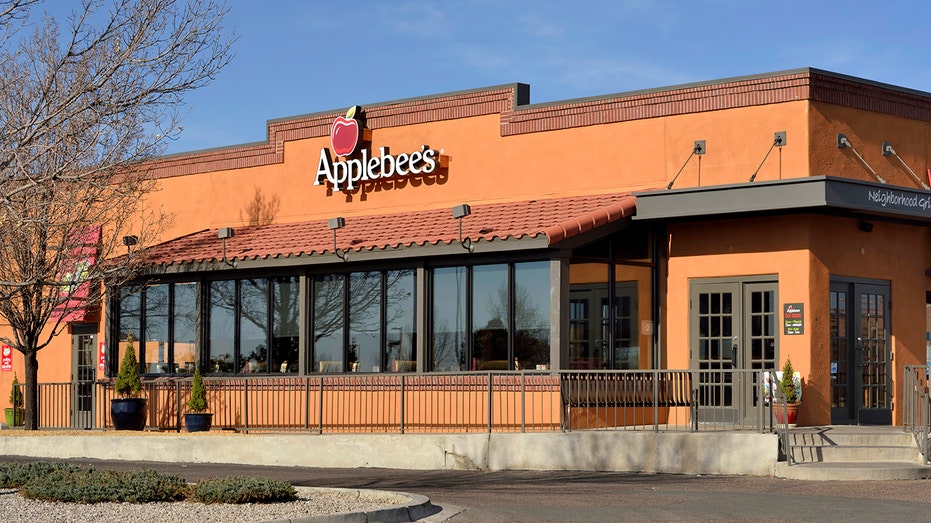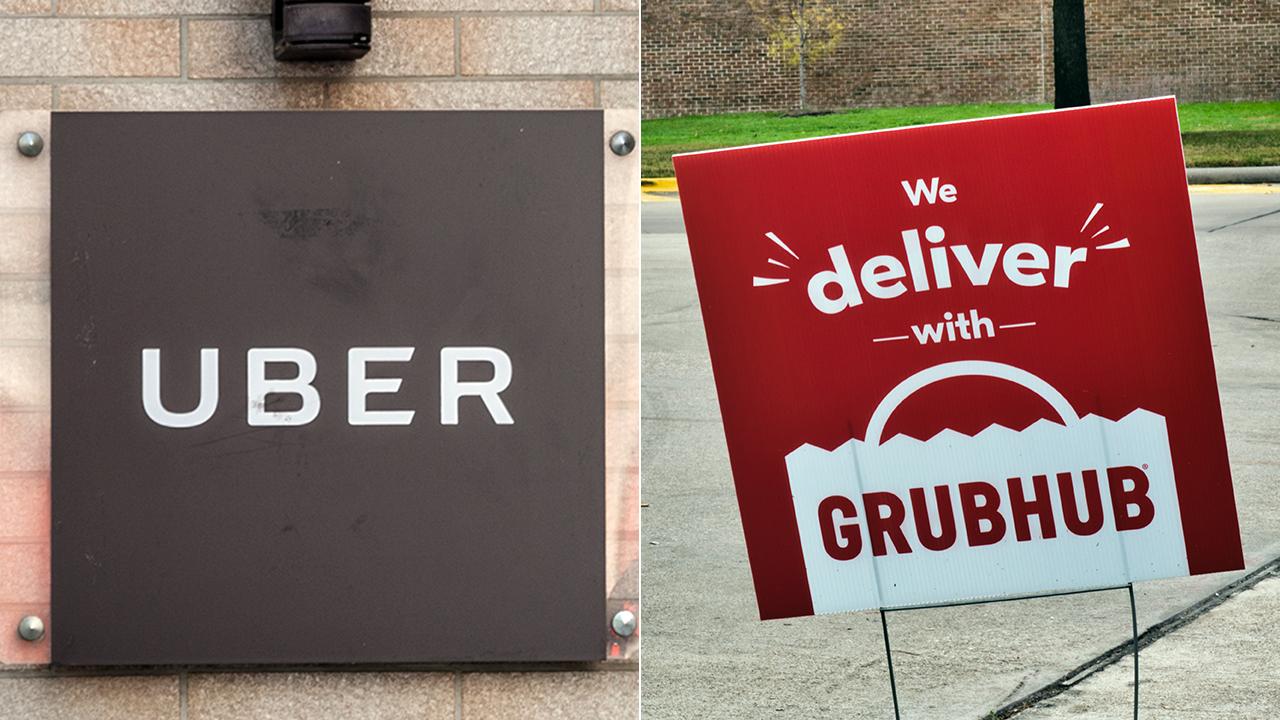Restaurants say socially distant dining rooms could wipe out business
Owners pare staff, calculate how long they can last as officials restrict seating to contain coronavirus
Restaurants that built their businesses on keeping seats full are trying to figure out how to run at a fraction of that capacity.
Across the U.S., dining rooms are reopening and some customers are returning, industry data shows. But restaurants say they expect months of sales losses ahead due to capacity constraints imposed to contain the new coronavirus. They are also buying plexiglass walls to separate tables, hiring cleaning staff and turning fewer tables to give booths deeper scrub downs between customers, expenses that draw on a shallower pool of revenue.

Restaurants expect months of sales loss despite dining rooms reopening.
"This business model is fundamentally altered," said John Cywinski, president of Applebee's, which was on the path to opening new stores for the first time in years before the crisis hit. Across the restaurant industry, he said, "There will be a likely contraction as a result of this."
Of the 30 states that have allowed restaurants statewide to resume serving customers indoors, 15 have limited capacity to 25% or 50%, according to market-research firm Gordon Haskett. The rest are mandating social distancing that have the effect of reducing capacity, or have yet to release guidance. Restaurant executives expect the limits to last at least through the summer.
Even as restaurants reopen, many Americans say they don't feel comfortable going out to eat yet. A survey of 2,500 U.S. consumers this month found that three-quarters planned to avoid restaurants or dine out less frequently, according to Wall Street firm Cowen.
PAPA JOHN'S NO-CONTACT DELIVERY SPURS SALES DURING CORONAVIRUS LOCKDOWN
Margaret Ganong, a 63-year-old translator from Seattle, said she's too concerned about being exposed to the virus to linger in a restaurant, and doesn't like the idea of being served by a masked waiter. She plans to stick to cooking at home with her husband.
"The vibe of a restaurant will be a bit grim for the foreseeable future, " Ms. Ganong said.
Some casual-dining chains, such as Brinker International Inc.'s Chili's and Cheesecake Factory Inc., built up to-go businesses during the crisis and say they can come closer to breaking even with fewer diners at their restaurants this year.
D.C. RESTAURANTS, BARS URGE DISTRICTS TO EXPAND OUTDOOR FOOD AND DRINK SALES
But other owners say their restaurants won't survive if they can't fill their seats. Some say they don't think customers will pay to eat in restaurants with empty tables and bars with fewer stools.
"You walk in and it feels like a tomb," said Ray Washburne, co-owner of Texas-based M Crowd Restaurant Group Inc. and a member of a White House task force of business leaders advising the administration on reopening the economy.
Mr. Washburne opened most of his 25 Mi Cocina locations earlier this month at 25% capacity in accordance with Texas's initial restrictions. He said other restaurateurs have since asked him if his company wants to take over their leases because they can't make money at reduced capacity.
TACO BELL TO MAKE 30K CORONAVIRUS HIRES THIS SUMMER
Sunil Dharod, owner of 75 Applebee's restaurants in Texas and California, said he has asked landlords for rent breaks and is considering closing 10% of his restaurants if steep sales declines persist.
"We will continue to lose millions of dollars. That will become very, very challenging," he said.
One Denny's Corp. franchisee is closing 15 restaurants in New York and laying off 520 workers, according to a notice provided to the state this month. An owner of 49 IHOP restaurants in four states cited stay-at-home mandates in its bankruptcy filing this month. A spokeswoman for Dine Brands Global Inc., parent company to Applebee's and IHOP, said the company sent notices terminating the owner's franchise agreements last month.
POPEYES INTRODUCES BUFFALO RANCH TENDERS FOR SUMMER
Independent restaurants face even greater challenges than sit-down chains because they tend to have less room to cordon off customers and fewer seats to remove. A survey of 250 Colorado restaurant operators earlier this month found that nearly half expected to permanently close in less than three months at the 50% capacity cap that the state set on Wednesday. A study of 483 New York City venues found that 61% couldn't make it with occupancy limits below 70%.
FAST-FOOD CHAINS OPEN DURING CORONAVIRUS CRISIS
For a typical 75-seat sit-down restaurant in New York, an occupancy cap of 50% would allow for just 20 diners after accounting for employees, said James Mallios, a New York City restaurateur and attorney. He said the number drops to around five diners at a 25% capacity limit. New York City hasn't yet eased stay-at-home orders or set final capacity guidelines for restaurants.
"It's like selling tickets just for the bleachers at Yankee Stadium," said Mr. Mallios, whose restaurants include Amali and Calissa.
STARBUCKS LANDLORDS ASTOUNDED BY RENT-REDUCTION REQUEST
Camilla Marcus, owner of West-bourne in Manhattan, said she doesn't know how to make the restaurant's 1,500-square-feet of communal seating work under capacity restraints. She's among owners who formed an association, the Independent Restaurant Coalition, to lobby Congress for a dedicated $120 billion fund for restaurants and for fixes to federal loans meant to keep businesses afloat during the pandemic.
"Everything we have created to date is gone," Ms. Marcus said. "It's bleak."
GET FOX BUSINESS ON THE GO BY CLICKING HERE
Operators with double-digit sales declines would need to serve more customers, not fewer, to account for growing costs to run a restaurant safely, such as masks for staff and plexiglass barriers between seats, said consulting firm AlixPartners.
"This is not a moneymaking proposition," said Adam Werner, global co-head of AlixPartners's restaurants, hospitality and leisure practice.




















